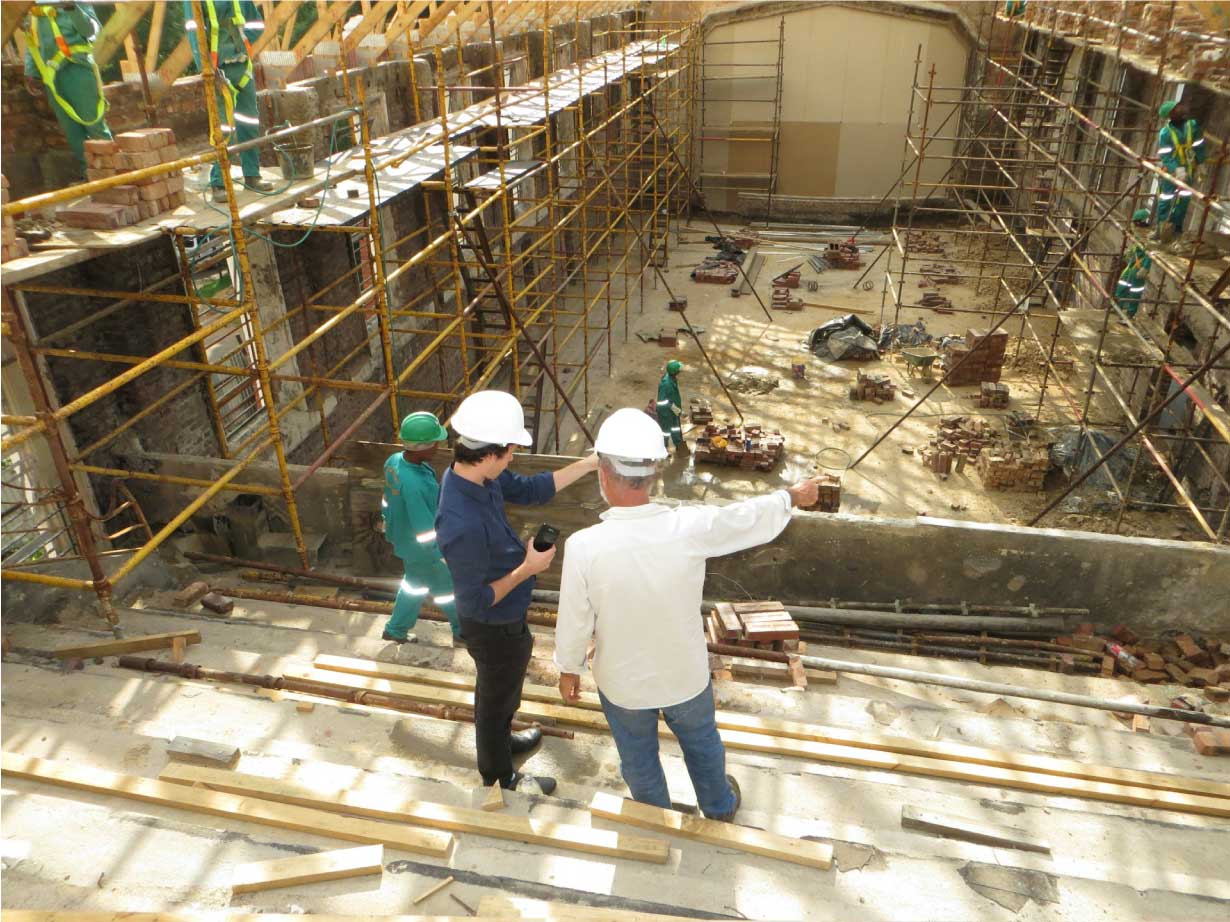Choose language
Portada » Dams
Dams
The supervision of dam safety requires continuous analysis of large volumes of information. Measurement instruments collect a wide range of data that traditionally required a highly labor-intensive process for management, supervision, and analysis.
To efficiently manage the measurement, control, and monitoring records collected from dam-reservoir systems, it is essential to have a powerful software application that supports the analysis and interpretation of the data. This enables the transformation of raw data into actionable information, allowing end users to thoroughly understand the safety level, behavior of the dam, and overall system status—ultimately supporting effective management and helping to prevent potential disasters.
While modern dam technologies allow for the immediate storage of large amounts of data, interpreting and analyzing this complex technical information often consumes significant time, reducing operational efficiency and delaying critical decision-making.
OFITECO is a pioneer in dam instrumentation, offering advanced solutions for the monitoring and maintenance of hydraulic infrastructure. Its services range from the installation of high-precision sensor systems to the deployment of real-time monitoring platforms. These systems enable the tracking of key variables such as reservoir level, pressure, displacements, and vibrations.
With these tools, clients can detect anomalies early and make informed decisions to prevent risks and ensure the structural integrity of their assets.


From the project drafting phase through to implementation and commissioning, OFITECO’s engineering and works supervision experts collaborate closely with construction teams to ensure that all aspects of the project are executed to the highest standards of quality and safety.
Continuous technical supervision allows for real-time adjustments and optimization of construction processes, minimizing deviations and ensuring compliance with deadlines and technical specifications.

